I have a flock of eight bantams in pairs of four breeds. I will give some information of each breed in the order that I got them.
Bantam vorwerks
I got my two bantam vorweks, Amber and Honey, in April 2013.
The vorwerks are a breed of chicken originating in Germany. A rare fowl, it has distinctive black and gold plumage with black head and tail and gold body.
In 1900 a poultry breeder called Oskar Vorwek began to create a medium sized fowl. It is said that he liked this plumage as it didn’t show the dirt. The chicks start off with the plumage colours in reverse.
In 1966 an American man called Wilmer Vorwerk developed an interest in the breed and he created the bantam version. This version is now the recognised version in America.
They are good layers of cream coloured eggs. They are hardy, adaptable, alert and active. They have a single comb and white earlobes.
This is Honey on the left and Amber on the right. I have chosen descriptive names for all my girls and these two were named for their gold colour.
They are friendly and inquisitive characters. If I crouch down they come running to me. If I am cleaning the coop they are there inside the coop watching my every move and chatting away to me.
They do have little spats with each other every now and again despite being inseparable most of the time.
As for the good egg laying, well Honey is a reasonably good egg layer, laying four or five eggs a week but Amber has never been good at laying eggs. She has had a real problem with egg laying right from the start and only ever laid two or three eggs a week at most and often soft shelled despite giving her limestone flour, crushed egg shells and cod liver oil. I have always felt that there is something wrong with her egg making machinery.
I am sure this isn’t typical of the breed though as I have always felt that Amber was sort of like the runt of the litter. She is noticeably smaller than Honey.
Amber is a feisty girl though and above Honey in the pecking order. She is full of chat and character.
Bantam silver and gold laced wyndottes
The wyndotte is named from a native tribe in New York State. It is one of the original American breeds developed in the 1800’s along with domeniques, plymouth rocks and rhode island reds.
The original wyndotte was the silver laced variety developed in New York in 1865. There are numerous different colours now.
Bantam wyndottes are docile, hardy and good egg layers. They have a flat rose comb and sturdy legs.
Topaz and Sparkle are also named for their looks and are top girl and second girl in the pecking order.
We got them at the beginning of April 2014 and they very quickly settled in and established their top status.
Topaz is a good top hen because she doesn’t stand any nonsense and none of the girls ever contest her but at the same time she never bullies.
Sparkle laid from her very first day with us and has remained our best layer since. She lays an average of five eggs a week.
Topaz on the other hand didn’t lay until three months later and after laying three eggs over a two week period stopped altogether. I have no idea why she isn’t laying. She is happy and healthy with a red comb and not moulting so it’s a bit of a mystery.
Topaz is at the moment our loudest girl. She shouts every time any of the girls goes into the nest box as well shouting on occasions when she herself has been in the nest box but not laid an egg.
Sparkle preens all the time. I know they all preen a lot but Sparkle preens much more than the others.
They don’t run to me when I stoop down like Amber and Honey but they are completely confident with me and will allow to me to touch them or get right up close to them. They take no notice of me moving around them and if they are in my way and I go to gently move them aside they will lean into me.
Bantam game
There are many varieties of bantam game birds and they come in many colours.
They are curious birds and can be tamed. They are not good layers and can tend to be broody. They make good mothers.
I got these girls at the beginning of June 2014 and they settled into the flock within a few days which was my quickest integration yet.
They went in at the bottom of the pecking order with Emerald at the bottom.
Toffee has partridge markings while Emerald has a glossy green and purple sheen to her feathers which is why I called her Emerald. She has some silky mixed in her background which gives her the feathers on her legs. Emerald has the tiniest comb I have ever seen and no lobes, this apparently is typical of her breed.
These breeds have long necks and are almost bottle shaped with their round shoulders. They have very prominent crops too. They seem able to bring their neck in and then when they want to they stretch it out.
Toffee is the most shy of my girls and doesn’t like us to get too close to her. Emerald on the other hand is like Amber and Honey and will run to us if we stoop down. She is the easiest girl to pick up.
Emerald is also very inquisitive and always wants to see what I am doing. When I open the store cabinet she will jump from the coop roof to the top of the store cabinet then put her head in looking at the sunflower seed box. She is an entertaining girl.
Both these girls had been used as broodies for the farmer and Emerald laid one egg on her second day with us and then started to moult. Toffee started laying three weeks later (which is the usual time span after being broody) and laid five eggs in ten days then started moulting.
It is also usual for them to go into the moult after being broody. There have been masses of feathers from both these girls and yet they still look good. I think the new feathers must already be through by the time the old ones fall out.
I am hopeful that if these girls moult at different times I may then still get some eggs when the other girls are moulting.
Bantam brown leghorns
They originated in Italy and the white variety first reached Britain from America around 1870 and the brown followed a couple of years later.
They are a very sprightly and alert breed. They have a single floppy comb and long, feather free legs.
They are prolific egg layers and rarely go broody. The eggs are white and laid throughout the year.
They can be rather noisy and like to roost high. They will roost in the top of trees given the chance.
I got Peaches and Barley in June 2014 at six weeks old. I named them for their peach coloured breasts.
I was going to integrate them slowly because of their young age but by the third week they kept digging under their gate to join the main flock. I decided that as they were desperate to join the flock that I would let them and to my surprise there was no trouble at all.
They are very speedy and if the girls ran at them they would soon get out of the way and never actually got pecked at all.
They do like to perch up high and from their first night they would find the highest spot to roost.
At ten months old they still have their baby cheeping sound and they are cheeping all the time. I am not sure if this is just because they are chicks or if they will turn out to be noisy. We will have to wait and see.
They were very skittish at first but are now getting braver around me and braver around the rest of the flock. They are growing fast and have long legs and big feet for their size. Their comb is also growing quickly.
They should start laying around November to December. It will be good to have two good egg layers as the rest of the flock aren’t very good egg layers apart from Sparkle and her eggs are very small.
I will do an update on Peaches and Barley when they are fully grown and laying eggs and I will add a portrait of them as adults.
I love this diverse flock and they all get on happily together which is lovely to see.

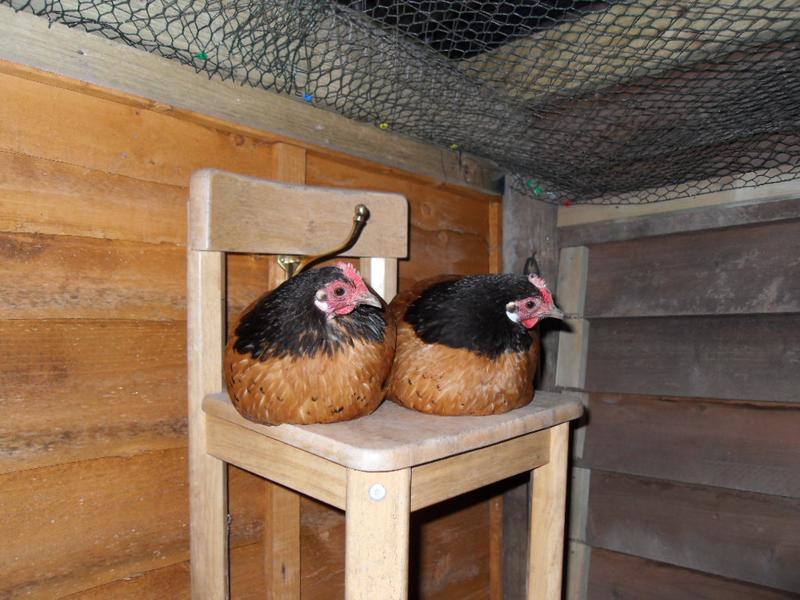
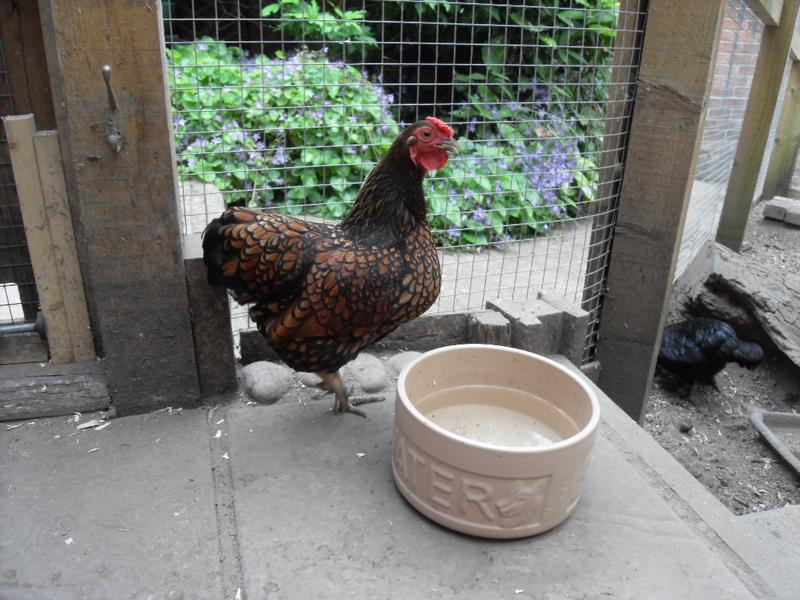
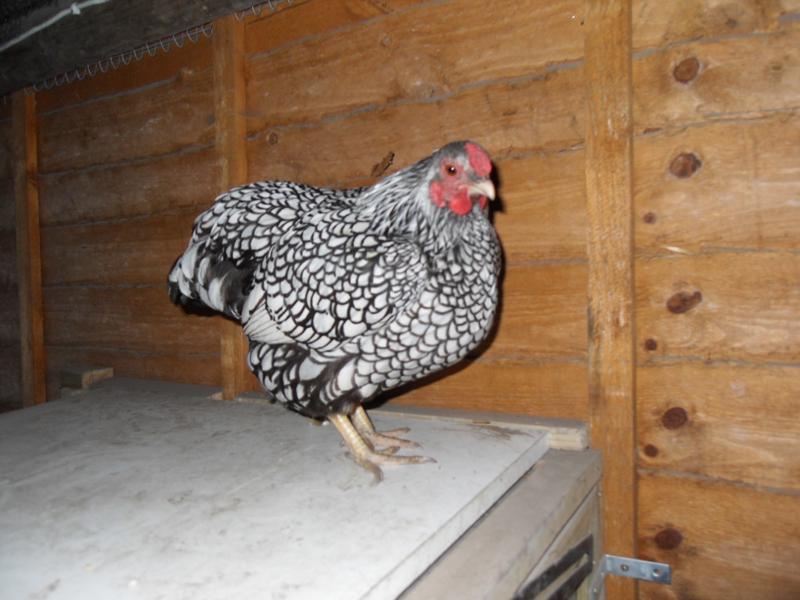
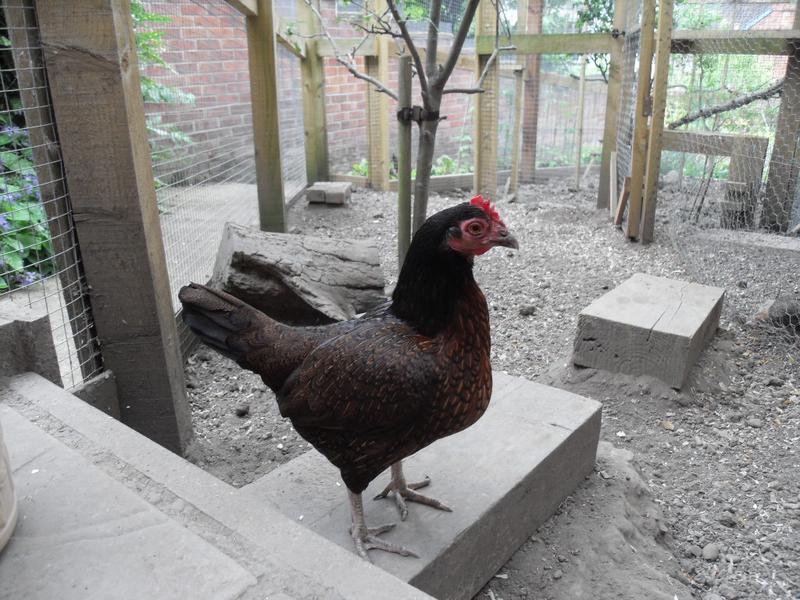
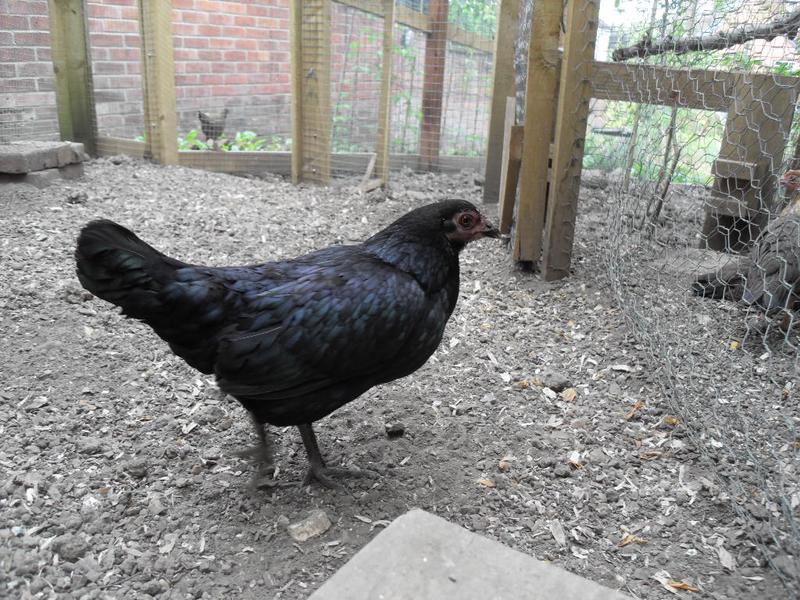
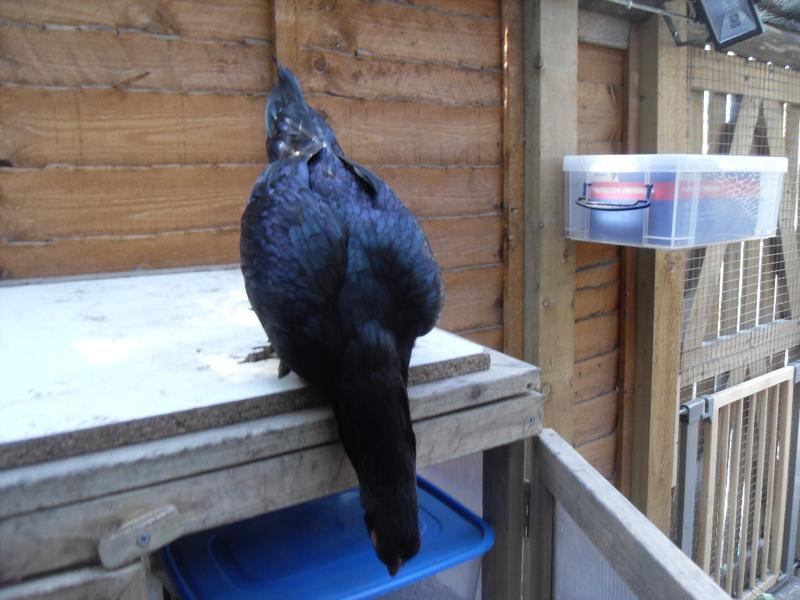
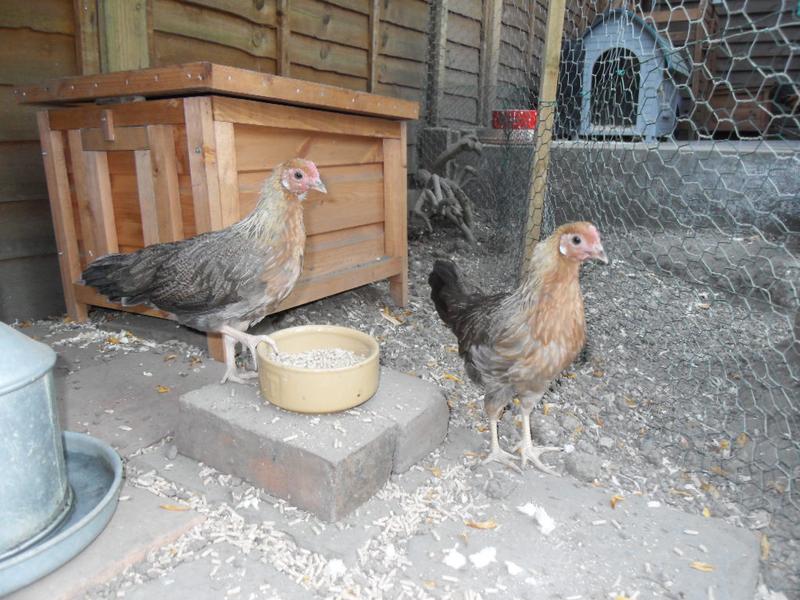
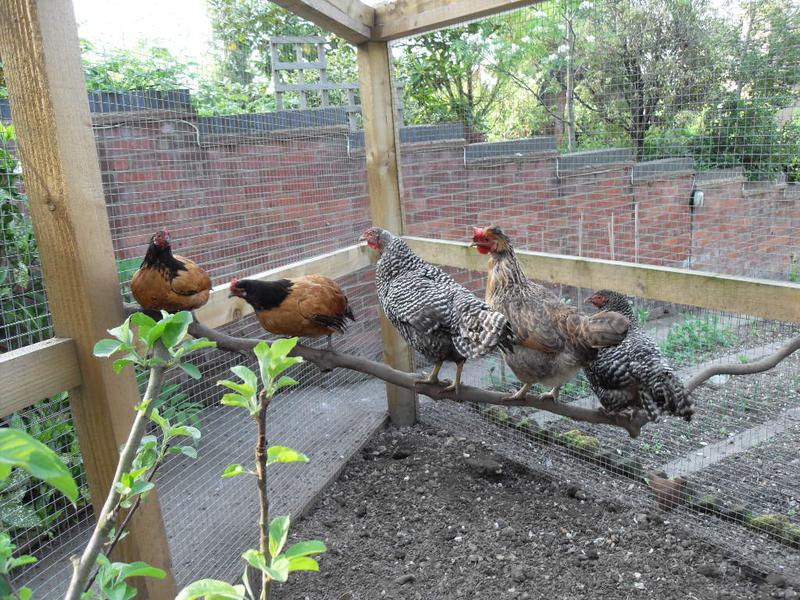 Click here to see the history of my flock.
Click here to see the history of my flock.
My goodness what a great post ! I think it is your best yet with a lot of great general info that I didn’t know about the breeds .
I hope that you enjoyed doing it as much as I enjoyed reading it.
It is good to have information in one place which links your girls to each other.
Oh thank you for that. I did enjoy doing it once I got going on it.
I love information about breeds and comparing how much my girls conform to the background information on them.
When I read about the leghorns being speedy and flighty I had to smile as I couldn’t agree more.
I thin you have the wrong year in the entry for the leghorns?
Oh thank you so much for that, you are right. How did I manage that mistake? I have now corrected it to 2014.
I have spent a few days on this post and corrected quite a few mistakes. It’s amazing how one always slips through. I find the longer the post the more mistakes and the more reading it needs.
I always appreciate a careful reader.